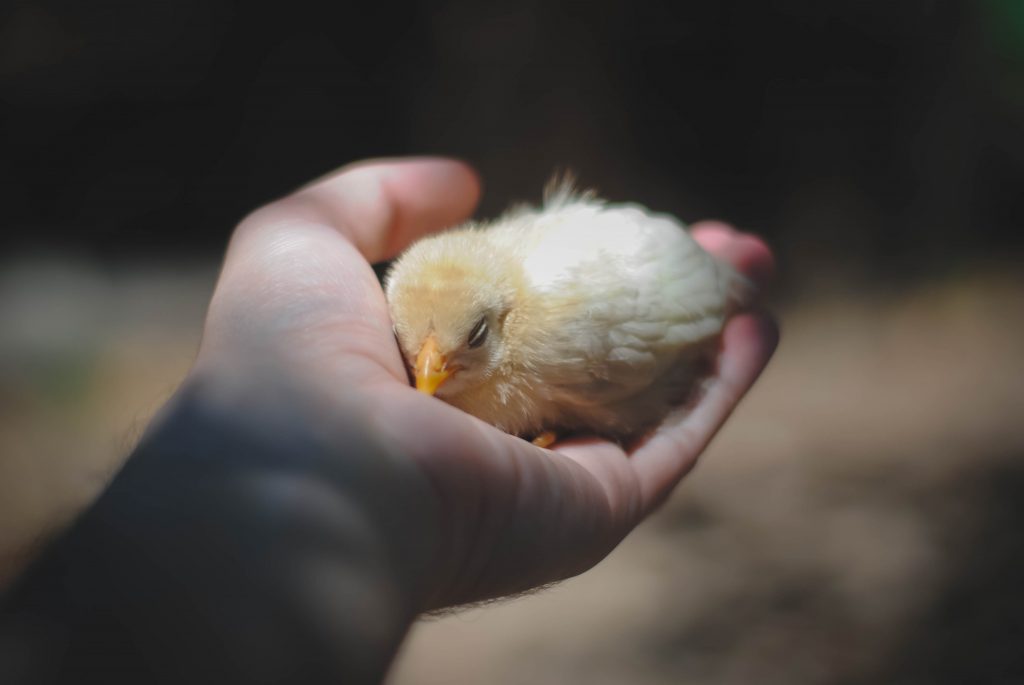By: Dr. Elizabeth Dutro, University of Colorado Boulder

Toward the end of 2019, I was invited to write a column on the theme of teaching in troubled times. Sitting down to write that piece, I felt overwhelmed. I write often about the complexity of trauma in K-12 schools and the kinds of relationships, witnessing, and advocacy that difficult life experiences demand in literacy classrooms. So, it is not as though I hadn’t written about hard times before. But, that day, given all that had been and was occurring in the US, the troubles felt too heavy, the inequities too stark, the governmental accelerations of injustice too horrific to convey in words on a page. I think back to that time and try to reabsorb the explicit, violent, and policy-driven racism, xenophobia, and economic precarity that was already impacting so many youth and families. Trauma, inflicted by human-created systems, was all around us (while, whiteness, once again, like it always does, shielded me). Eventually, I moved my fingers across the keyboard and got some words on the page for that column about seeking hope and justice in teaching during troubled times. That was just a handful of months ago. We had no inkling of what was coming for us.
Now, here we are, and how do we even begin to approach the idea of trauma in a pandemic that is wreaking havoc on our communities, states, nation, and world? Trauma is always a complicated term that defies singular definitions. But, now, as teachers, students, and families face the emotional, financial, and physical devastations and anxieties of COVID-19, considering trauma is all the more crucial and all the more complex.
Literacy educators will need to think together about questions such as: What varied kinds of challenges are students bringing to their learning? How do we acknowledge and harness the pandemic as a shared experience, while recognizing the very different impacts it has inflicted? How is trauma both personal and political and how does that help us think about issues of justice in our classrooms, schools, and larger educational systems? How can we craft classroom communities that center compassion and care? How are teachers being positioned in discussions of students’ trauma during this time of crisis?
Positionality of teachers in discussions of students’ trauma
These are all questions I’m anxious to consider with fellow literacy educators over the coming weeks and months. For this post, though, I’ll turn to that last one, as I feel its importance in my bones as this crisis unfolds and see it in teacher colleagues’ eyes in our conversations on my screens.

By virtue of living through this time, teachers are facing overwhelm, fear, and anxiety. In addition, many are facing loss, grief, and financial upheaval. So, when we ask how teachers are being positioned in discussions of trauma and schools right now, teachers’ own humanity has to be integral to that question. One thing we know about many approaches to trauma-informed schooling is that teachers are often positioned as healers and helpers.
Being deemed a healer implies that it is students who are the wounded. We, of course, know this is a false dichotomy. We know through our own lives and our friends’ and colleagues’ experiences that teachers bring pain, sorrow, fear, and struggle to our work. It couldn’t be any other way. No one goes through life unscathed.

But, teachers are often told that trauma is something students bring to school. No wonder it can be hard to shake the idea that, as teachers, we are expected to convey only that we are fine, we are well, and our sole vigilance is toward students’ lives and learning. No wonder the focus on trauma can and does exacerbate pathologizing narratives about students. It is not that those messages of needing to be attentive to students’ traumas are false, but it is that those messages are simplified and incomplete. Indeed, the healer vs. wounded ethos surrounding teaching and trauma is so entrenched, in part, because so many teachers are so committed to supporting students that acknowledging one’s own struggles can feel self-indulgent or inappropriate. But, I believe we have to wrest free of that dichotomy because it is harmful for anyone, teacher or student, to be stuck on either side of it. We can embrace a more reciprocal approach to what it means to witness one another.
So, how might teachers reframe how they position themselves and students in relation to trauma?
In my book on centering trauma as powerful literacy pedagogy, I share an analogy related to this question that I have found helpful in my own thinking and teaching. I’ll share a version of it here.

At times throughout my life, I’ve had a chance to be around recently hatched baby chicks. And when invited to hold one, I don’t hesitate—I didn’t as a 5-year-old and I don’t now. I step up and hold my hands out, cupped and ready to cradle the tiny, fragile, cheeping ball of yellow fluff. My heart leaps a little with what it will require—care, gentleness, keen attention. It is a moment suffused with responsibility. Yet with some coaching and support from those who surround me, even 5-year-old me can step up, willingly, and nurture, not harm. And given the chance, I could do that every day. Each time would require the exact same measure of care and attention. But it would, at the same time, become more familiar, something I could come to expect and assume as part of my everyday experience.
At this point in my description of this metaphor, I need to be clear: students in our classrooms are not the baby chick. The chick is the difficult experiences, the traumas, that anyone in the classroom community carries into that shared space. To position students as the fragile creature is central to the problem of how students and teachers are often positioned in relation to trauma. Viewing students as the chick implies an adult as the only participant with agency; an adult who, in this metaphor, is not only the strong one, but also looms largest as the protagonist in the story. One reason I include my child self in this image is to emphasize students as active subjects in reciprocally sharing and witnessing the kinds of hard stories that will accumulate for them and their teachers during this crisis. In being allowed to witness teachers’ vulnerability—their stories of challenge, fear, grief—students will know those stories belong in school and that their experiences will matter in how they are seen, heard, and valued in the classroom. The students, and the teacher, are the hands that gently, but without trepidation, cradle those stories in their classroom.
In being allowed to witness teachers’ vulnerability—their stories of challenge, fear, grief—students will know those stories belong in school and that their experiences will matter in how they are seen, heard, and valued in the classroom.

In whatever capacity teachers and students are together next year, everybody that enters the literacy classroom or accesses a screen will be bringing stories that require critical care and humanity. Some of those stories will be shared in explicit ways through discussions, writing, art, digital creations, one on one connections with between students and teachers. Other stories will be shared through an empty desk, a bowed head, a missed login, a quavering voice or trembling hand, a simmering sense of rage. And, as we know, some stories from students’ lives are shared and circulated in schools in ways beyond a students’ view or control. As literacy classrooms fill with stories of this crisis, let’s ensure that teachers’ experiences are present too—as signal of reciprocal witnessing, as opportunity and invitation to bring lived knowledge to school literacies, as source of connection and humanity, as acknowledgement that it can be hard to focus when feelings are overflowing, and as reminders of the far-from-equitable impacts of this crisis.
About the Author

Elizabeth Dutro is professor and chair of Literacy Studies at University of Colorado Boulder and former K-12 classroom teacher. She collaborates closely with teacher colleagues and youth in her research on the intersections of students’ lives and literacy classrooms, particularly critical approaches to trauma, and issues of justice and equity in K-12 classrooms, teacher education, and policy. She is the author of the recent book, The Vulnerable Heart of Literacy: Centering Trauma as Powerful Pedagogy (Teachers College Press). She would love to connect at Elizabeth.dutro@colorado.edu; elizabethdutro.com; or @lifeasstory on Twitter.
